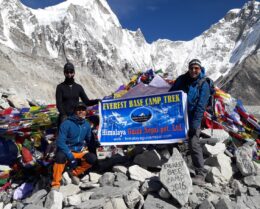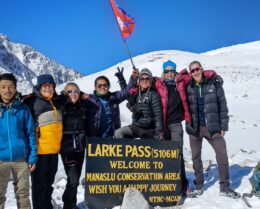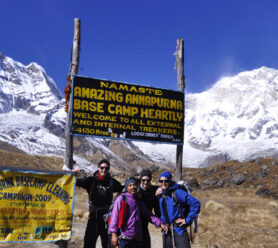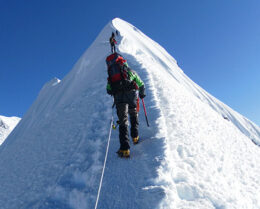The Classic Route of Upper Mustang Trek
UPDATED ON 11 August, 2023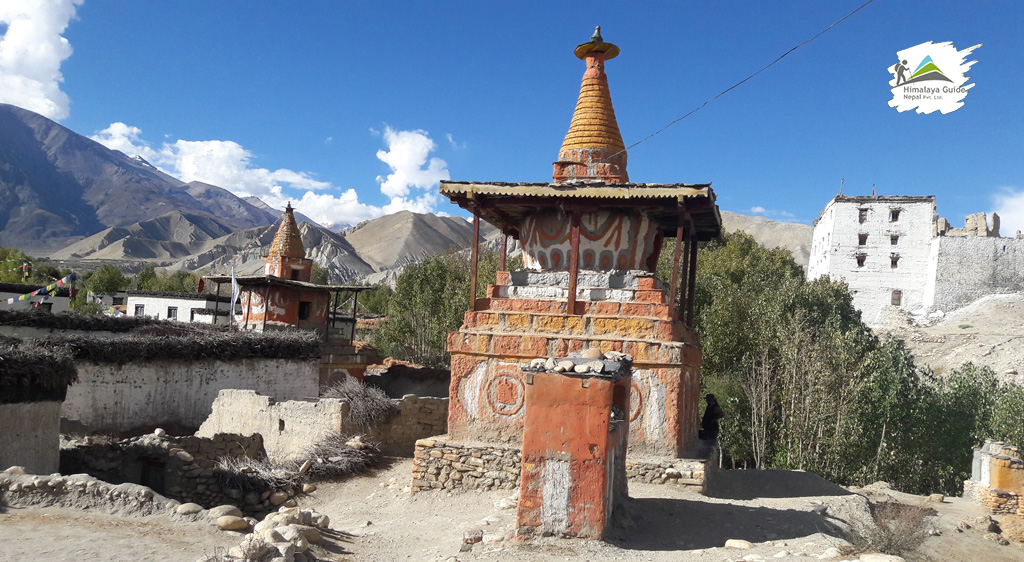
Nestled in the heart of the mighty Himalayas, the Upper Mustang region of Nepal beckons trekkers with its unparalleled beauty and rich cultural heritage. Moreover, this hidden gem was opened to foreigners in the early 1990s. Consequently, it has been a favorite among adventurous souls seeking a unique and off-the-beaten-path trekking experience. Additionally, In this blog, we will embark on an epic journey through the classic route of Upper Mustang, exploring its captivating landscapes, ancient monasteries, and the intriguing lifestyle of the locals.
Overview

The Classic Route of Upper Mustang Trek is an enchanting adventure that takes trekkers on a captivating journey through the mystical landscapes and rich cultural heritage of the hidden gem in Nepal’s Himalayas.
Firstly, once a forbidden kingdom, Upper Mustang now opens its doors to adventurers seeking a unique and off-the-beaten-path experience.
The trek offers a mesmerizing blend of ancient monasteries, cave dwellings, and breathtaking panoramas of the Annapurna and Dhaulagiri mountain ranges.
Moreover, travelers will immerse themselves in the vibrant traditions of the locals, witness traditional festivals, and encounter the warmth of hospitality in the serene ambiance of the Upper Mustang.
Throughout the journey, this moderate trek promises unforgettable memories, creating a tapestry of nature, culture, and exploration in one of the world’s most intriguing regions.
In conclusion, the Classic Route of Upper Mustang Trek is an adventure of a lifetime, where trekkers can experience the allure of an ancient kingdom and the magnificence of the Himalayas.
Unraveling the Magic of Upper Mustang

A Glimpse into the Past
The history of Upper Mustang is shrouded in mystery and romance. Once an independent kingdom, this region was a crucial trade route between Tibet and India, which contributed to the rich blend of Tibetan and Nepalese culture we see today.
Moreover, the centuries-old monasteries, prayer flags, and ancient cave dwellings are a testament to the region’s intriguing past.
Mustang: The Forbidden Kingdom No More
Until 1992, Upper Mustang was a restricted area, keeping its unique culture and landscapes hidden from the outside world. However, with the opening of the region to tourism, trekkers can now witness the magic of this semi-arid desert-like land, often referred to as “The Last Forbidden Kingdom.”
Planning Your Trekking Adventure
Best Time to Visit
The weather plays a crucial role in the success of your trek. The ideal time to visit Upper Mustang is during the spring (March to May) and autumn (September to November) seasons. Moreover, the weather is pleasant, and the skies are usually clear, providing breathtaking views of the Himalayan peaks.
Permits and Regulations
As Upper Mustang is a restricted region, you will need special permits to trek here. Be sure to obtain the necessary permits from the Nepal Tourism Board and be mindful of the local regulations to ensure a smooth and respectful journey.
Fitness and Training
The Upper Mustang trek is moderate in difficulty, but it’s essential to be physically prepared for the challenges of trekking at high altitudes. Moreover, Engage in regular cardio and strength training exercises to build endurance and stamina for the journey.
The Classic Route Itinerary of Upper Mustang Trek
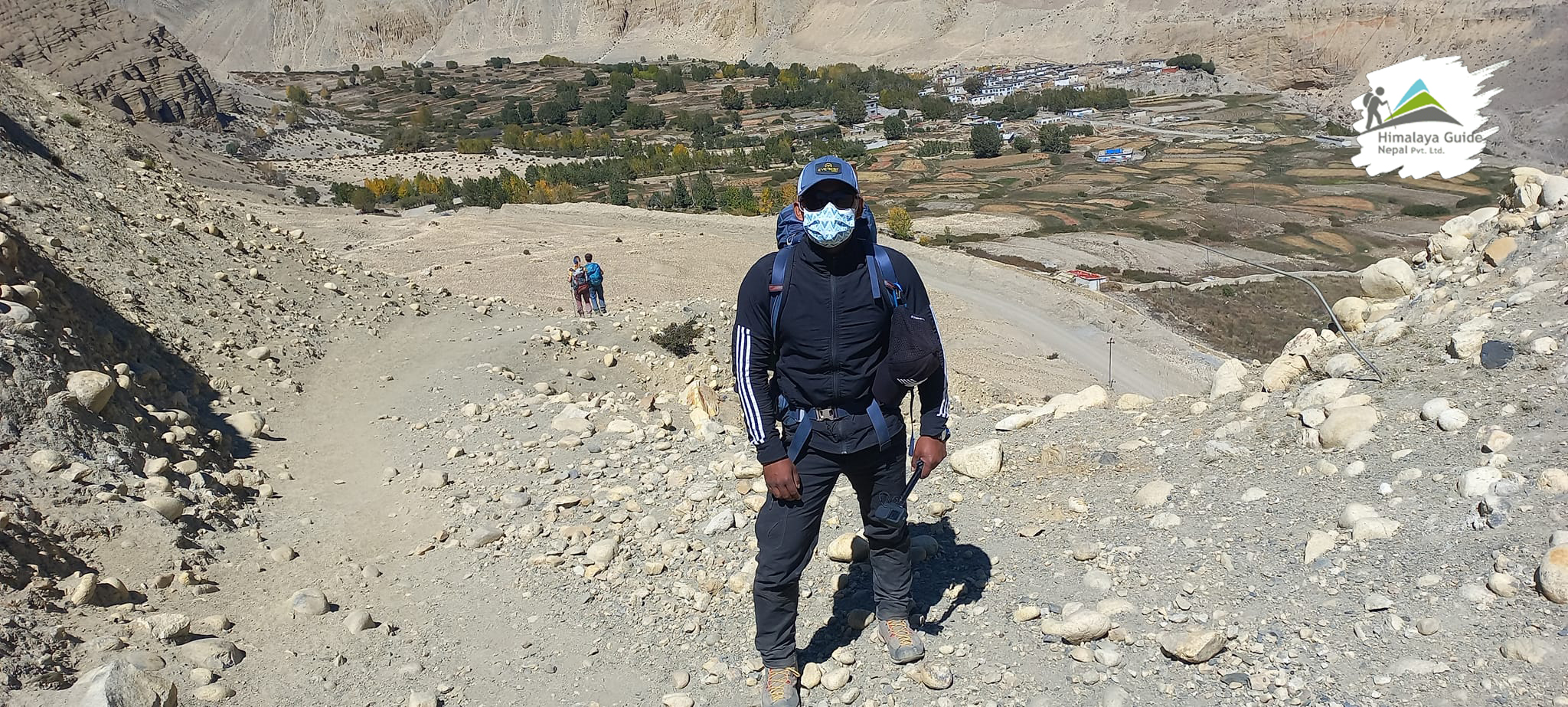
Day 1: Drive (6–7 hours) to Pokhara (800m).
Day 2: Get to the airport, travel to Jomsom (2,743 meters), then take a car to Chuksang (2,980 meters).
Day 3: Hike through Chungshi Rangjung Cave from Chuksang to Sangbochen (3,800m).
Day 4: Dhakmar to Sangboche (3,820m)
Day 5: via Lo Gyakar gompa, from Dhakmar to Lo Manthang (3,750m). Evening Explore the monasteries in Lo-Manthang, where some of the best wall murals are found.
Day 6: Trek from the village of Thingkar to the Chhosar Monastry and Caves. Hold on to Chhosar. In Chosar, there are many things to do.
Day 7: After a morning climb to the breathtaking Kuncholing, return to Lo Manthang.
Day 8: Trek to Yara (3,650m)
Day 9: Trek to Luri Gompa
Day 10: Trek to Tange (3,340m)
Day 11: Trek to Tetang (3,067m)
Day 12: Tetang to Muktinath temple (3,800m/12,426 feet), 8 hours
Day 13: Trek to Jomsom through Lupra village.
Day 14: Transfer to hotel after flight from Jomsom to Pokhara
Day 15: Return flight from Pokhara to Kathmandu via tourist bus or airplane.
Highlights of The Classic Route Itinerary of Upper Mustang Trek
Kathmandu to Pokhara: The Scenic Prelude
Before embarking on your trek, spend a couple of days exploring the vibrant capital city, Kathmandu. From there, take a picturesque flight or a scenic drive to Pokhara, the gateway to many Himalayan treks.
Pokhara to Jomsom: The Adventurous Flight
Fly to Jomsom from Pokhara, a thrilling flight that offers stunning views of the Annapurna and Dhaulagiri mountain ranges. Moreover, Jomsom, with its unique landscape, marks the beginning of the Upper Mustang trek.
Kagbeni: Gateway to Upper Mustang
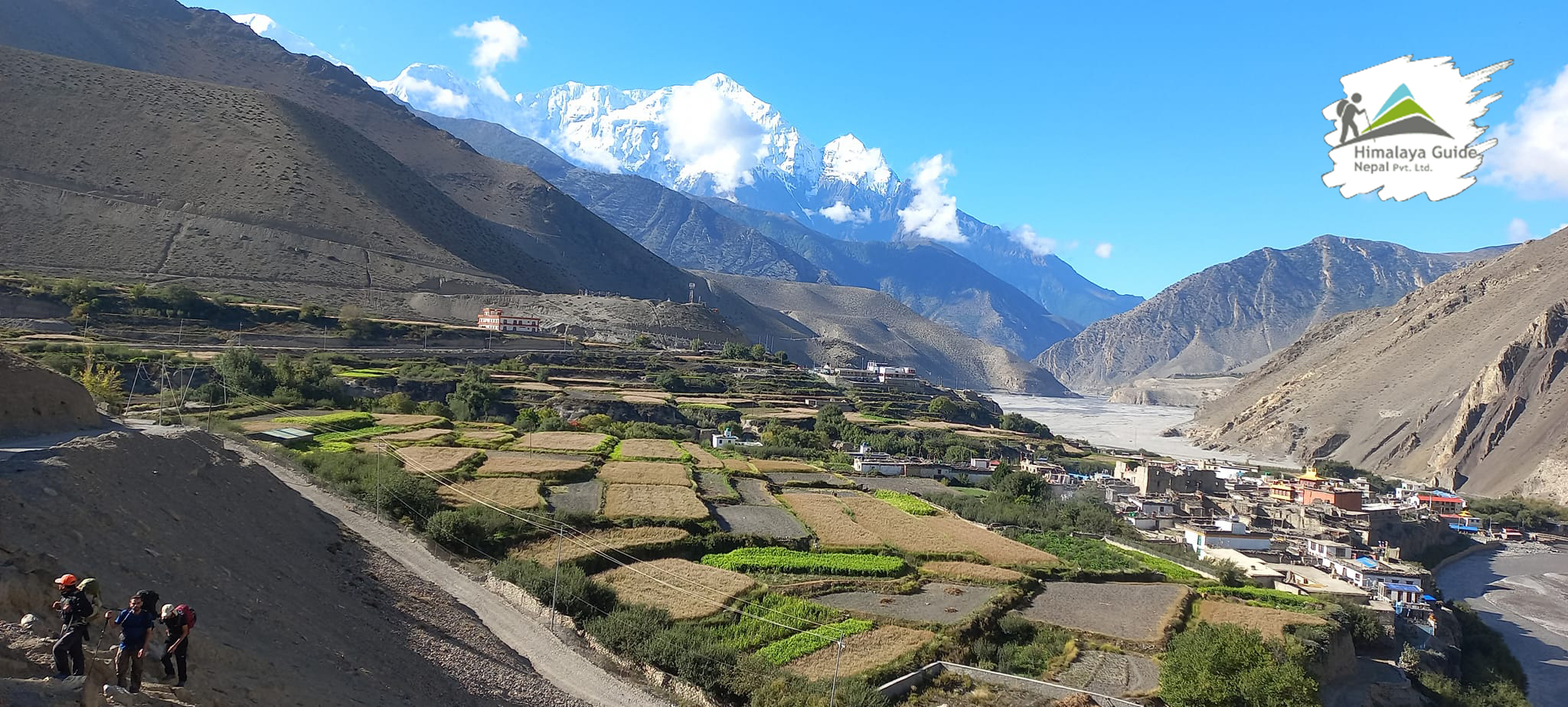
Reach Kagbeni, a charming village located at the entrance of the Upper Mustang region. Explore its narrow alleys, ancient monasteries, and immerse yourself in the serene ambiance.
Lo Manthang: The Cultural Gem
The highlight of the trek is reaching Lo Manthang. It is the ancient walled city that once served as the capital of the Kingdom of Mustang. Explore the Royal Palace, and monasteries, and engage with the friendly locals to experience their unique way of life.
A Tapestry of Nature and Culture
The Enchanting Landscapes
Upper Mustang’s landscapes are a stark contrast to the lush valleys of Nepal. The barren terrain, eroded cliffs, and deep ravines create a surreal atmosphere that seems otherworldly.
Ancient Caves and Monasteries
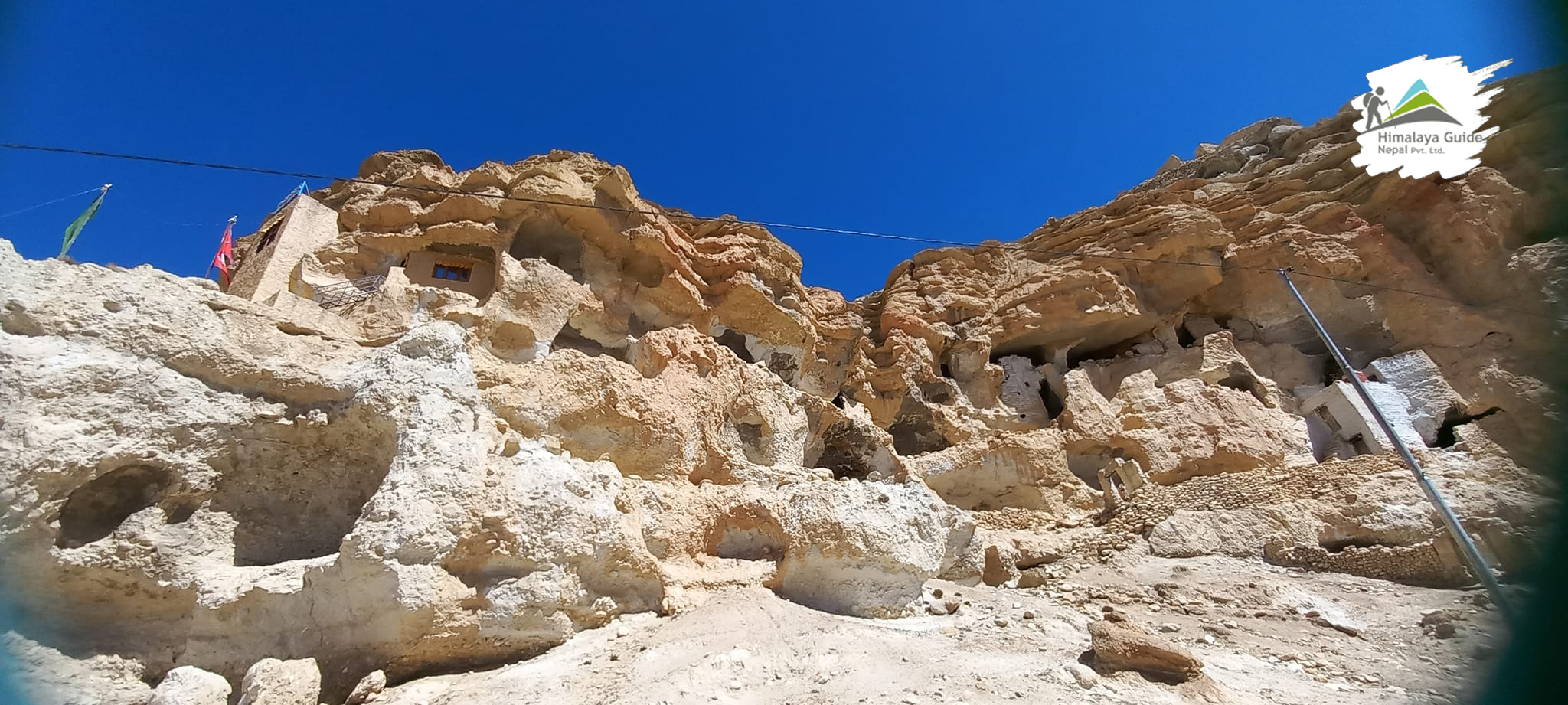
The region is dotted with centuries-old monasteries and caves, some of which date back over a thousand years. These cultural relics provide a glimpse into the spiritual and historical richness of Upper Mustang.
Festivals and Traditions
If you’re lucky to visit during local festivals, such as Tiji or Yartung, you’ll witness the vibrant cultural traditions of the region. Furthermore, the locals’ colorful attire, traditional dances, and religious rituals create a memorable experience.
The People of Upper Mustang
The Warmth of Hospitality
Despite the harsh living conditions, the people of Upper Mustang are famous for their hospitality. Additionally, embrace their warm welcome and learn about their way of life, which is closely tied to Tibetan Buddhism.
Socio-Economic Aspects
Discover the challenges and resilience of the locals as they adapt to modernization while preserving their unique cultural identity. The balance between tradition and progress makes their lifestyle truly fascinating.
During the Classic Route of Upper Mustang Trek, you will come across
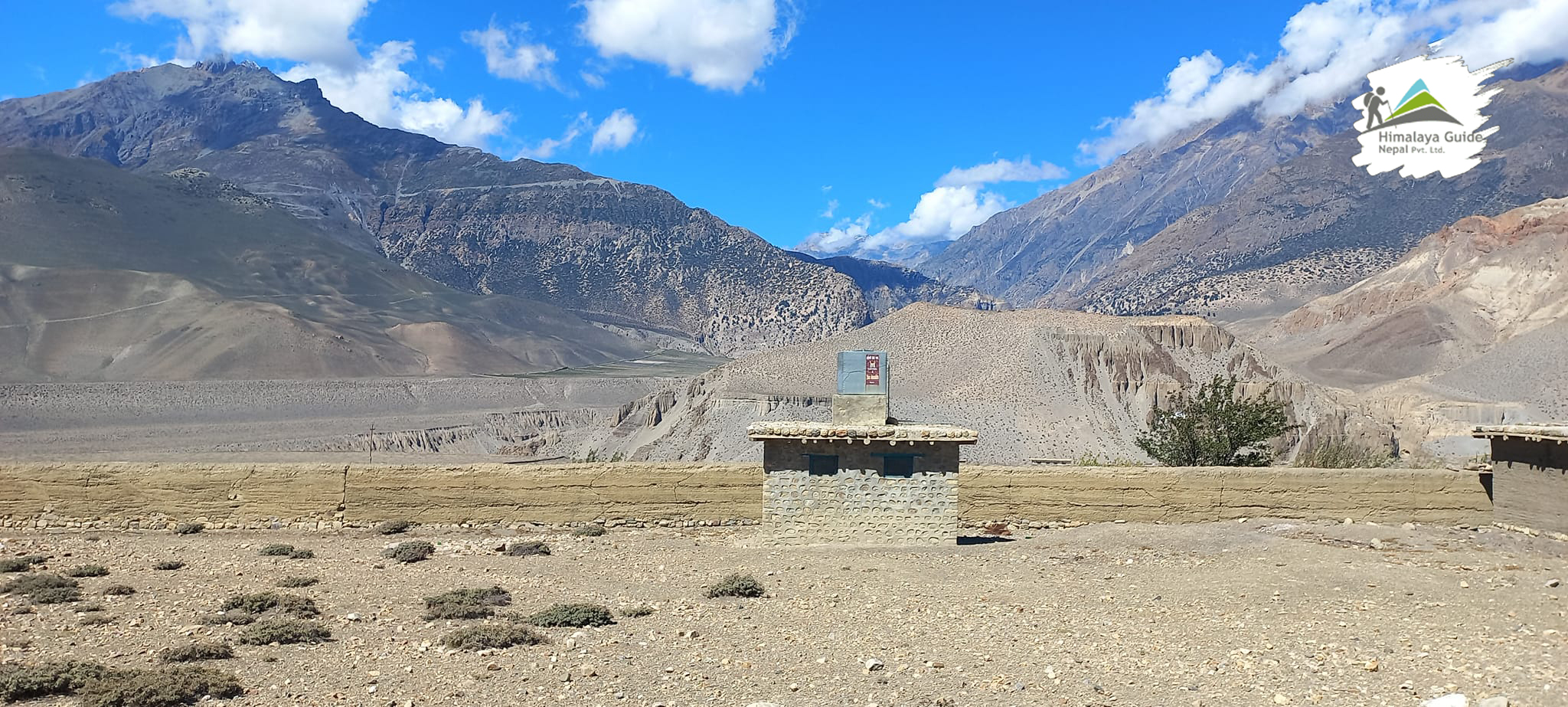
- Ancient Monasteries: Discover centuries-old Buddhist monasteries adorned with vibrant prayer flags and intricate religious art.
- Lo Manthang: Visit the walled city of Lo Manthang, the ancient capital of the Kingdom of Mustang, with its Royal Palace and cultural landmarks.
- Cave Dwellings: Explore ancient cave dwellings carved into cliffs, once used by early settlers for shelter and meditation.
- Kagbeni Village: Pass through the charming village of Kagbeni, serving as the gateway to Upper Mustang, and experience the local lifestyle.
- Cultural Festivals: If timed right, witness traditional festivals like Tiji and Yartung, where locals don traditional attire and perform vibrant dances and rituals.
- Local Villages: Interact with the warm-hearted locals of Upper Mustang. Additionally, learn about their traditional customs, and experience their genuine hospitality.
- Kali Gandaki River: Trek alongside the Kali Gandaki River, one of the world’s deepest gorges, and be mesmerized by its rushing waters.
- Chortens and Stupas: Witness sacred chortens and stupas along the trail, serving as important religious landmarks for the locals.
- Cultural Fusion: Experience a unique blend of Tibetan and Nepalese culture, reflected in the architecture, language, and daily practices.
- Nomadic Tents: Encounter nomadic herders’ tents scattered across the high-altitude pastures, providing a glimpse of their traditional way of life.
- Wildlife: Observe the diverse wildlife of the region, including Himalayan blue sheep, eagles, vultures, and other rare species.
- Peaceful Tranquility: Revel in the serene ambiance of Upper Mustang, a region less frequented by tourists, offering tranquility and solitude.
- Suspension Bridges: Cross thrilling suspension bridges over deep gorges, adding an adventurous touch to your trekking experience.
- Photographer’s Paradise: Capture awe-inspiring landscapes, vibrant festivals, and unique cultural elements, Additionally, making it a photographer’s dream destination.
The Classic Route of Upper Mustang Trek promises a memorable adventure filled with culture, history, and unparalleled natural beauty.
FAQs
Is the Upper Mustang Trek suitable for beginners?
The Upper Mustang Trek is moderate in difficulty and involves walking for several hours each day at high altitudes. Despite its challenges, it is not for absolute beginners; however, individuals with a reasonable level of fitness and some prior trekking experience can undertake this adventure.
When is the best time to trek Upper Mustang?
The best time to trek Upper Mustang is during the spring (March to May) and autumn (September to November) seasons. Similarly, these periods offer stable weather, clear skies, and pleasant temperatures, providing optimal conditions for trekking and stunning views of the Himalayas.
Do I need special permits for the Upper Mustang Trek?
Yes, as Upper Mustang is a restricted region, you need a special trekking permit called the “Upper Mustang Restricted Area Permit” issued by the Nepal Tourism Board. Additionally, you may also need the Annapurna Conservation Area Permit (ACAP) and the Trekkers’ Information Management System (TIMS) card.
How many days does the Classic Route of Upper Mustang Trek take?
The Classic Route typically takes around 12 to 15 days, depending on the itinerary and trekking pace. Additionally, this duration includes the time required for acclimatization, exploring key attractions, and trekking from Jomsom to Lo Manthang and back.
What kind of accommodation can I expect during the trek?

Accommodations in the Upper Mustang region are relatively basic but comfortable. Similarly, you’ll find tea houses and guesthouses along the trail, providing simple rooms with shared facilities like toilets and showers. Remember to bring a sleeping bag for added comfort.
Conclusion
In conclusion, the Classic Route of Upper Mustang Trek is a journey that goes beyond the physical challenge of trekking. Similarly, it is an exploration of a land veiled in history and mystique. Moreover, it is a land where nature and culture converge to create a memorable experience.
Embark on this adventure to create memories that will stay with you forever, and to witness the timeless beauty of Upper Mustang before it transforms with the passage of time.
You may also Like:

